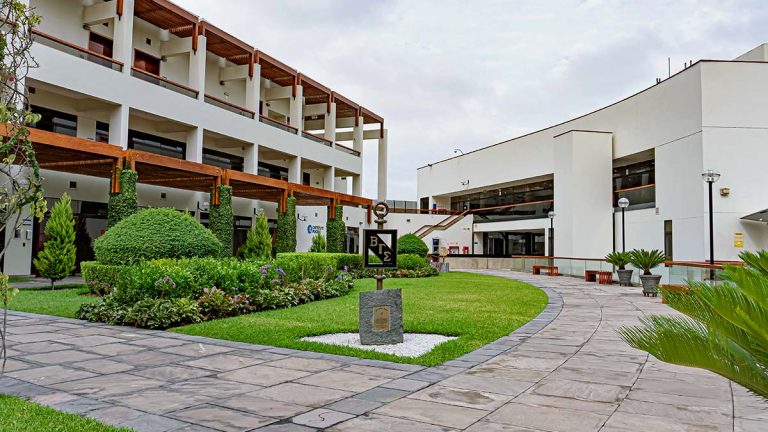Abstract
Purpose – Many studies have focused on food quality in restaurant consumers, aiming at its impact on satisfaction and loyalty. However, less emphasis is given to the factors that generate food quality. Besides, employee quality and customer service orientation are often treated as synonyms. This study aims to identify the
impact of quality attributes on the perception of food quality, specifying the differences between the roles of employees and customer service.
Design/methodology/approach – A survey of 417 consumers was conducted, and the hypothetical model was tested through structural equation modeling (SEM). The data was analyzed using the R program (an open-source programming language).
Findings – The results reveal that food quality comprises visible and invisible factors. Therefore, understanding the differences in employee roles and customer service orientation, without neglecting the physical
environment, is essential to raising standards and thus achieving levels of satisfaction and loyalty.
Originality/value – This study presents an integrated model that differentiates the roles of employee orientation and customer service orientation. Furthermore, it considers these variables and the physical environment quality as fundamental factors in generating consumers’ perceptions of food quality.


